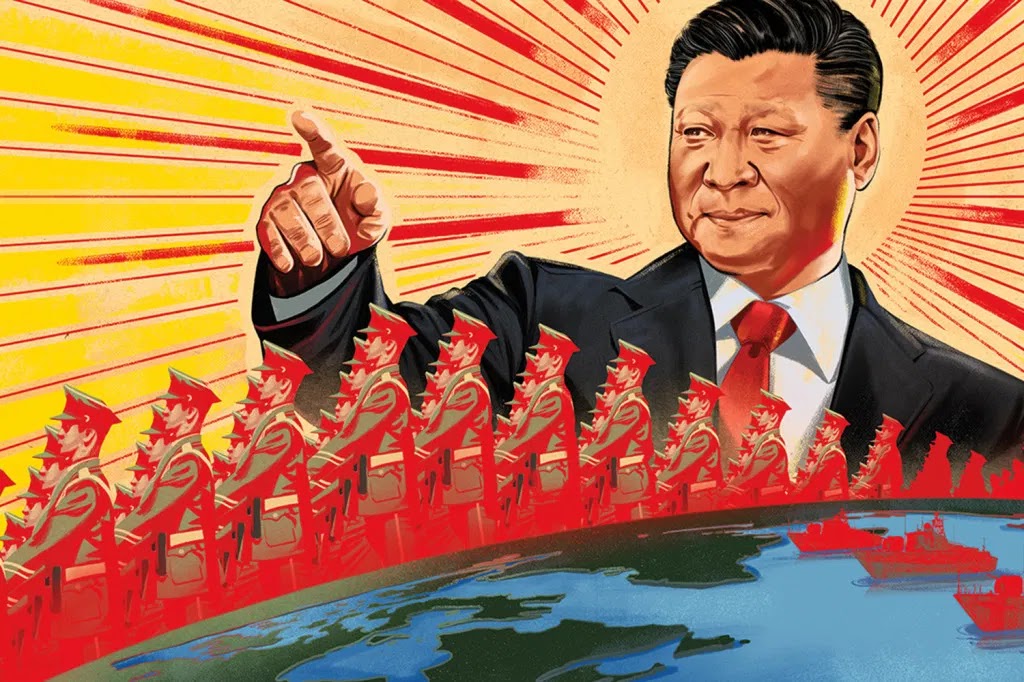IDR Blog
India raises its profile in ASEAN
Prime Minister Narendra Modi’s visit to Manila for the 12th East Asia Summit (EAS) November 13-14 also included a hectic schedule of bilateral and multilateral meetings, such as the ASEAN-India summit and the bilateral with Philippines. ASEAN uses this annual meeting in an innovative manner and brings together the 18 leaders of the EAS and also convenes the APEC and ASEAN deliberations.
For workaholic Modi this was a case of intense summit-level, one-on-one meetings that he relishes – even as the officials advising him wilt. On balance, the outcome for India has been more than satisfactory in the politico-diplomatic domain but perhaps less so in the security and trade-economic arenas.
The more significant advantages on the diplomatic front that have accrued to India are at the introduction of the term ‘Indo-Pacific’ to replace the Asia-Pacific formulation and an endorsement of this phrase by US President Donald Trump. The related strand is the revival of the ‘quad’ under Japanese initiative – an idea that was mooted in mid 2007 and was soon buried due to a very sharp response from Beijing at the time.
The quad is a four-nation grouping that brought the US, India, Japan and Australia under a naval umbrella and this revival may be linked to the visit of the US Secretary of State Rex Tillerson to India in October. At the time he dwelt on the US-India bilateral as being the critical partnership for regional and global stability and the term Indo-Pacific was invoked to refer to the extended maritime domain.
This theme was endorsed by President Donadd Trump in his East Asia visit that saw him engaging with the leaders of Japan, South Korea, China and host Phillipines. To the extent that the Asia-Pacific formulation excluded India and imagined an Asia dominated by China-Japan-ASEAN, the Indo-Pacific is more inclusive and elastic. It seamlessly links the two oceans and the littoral land mass that subsumes both Asia and East Africa. Predictably, Beijing has not been very enthused by this US endorsement of India as a factor of stability and is also wary of the quad grouping and its revival.
The second diplomatic gain for India in the current Modi visit is the manner in which Modi has been able to infuse a certain distinctive personal stamp to summit-level meetings. The media reportage suggests that Modi was able to meet all 17 leaders in Manila, including Trump and Chinese Prime Minister Li Keqiang among others.
The potentially significant politico-diplomatic gain for New Delhi will be the presence of most ASEAN leaders at the Republic Day parade in January 2018. It is understood that the 10 ASEAN leaders have accepted, in principle, the personal invite of Modi to be part of the 2018 Republic day celebrations. In the event they all do attend, this would be a high-visibility demonstration of India’s profile and comfort-level in relation to the South-East Asian nations. The contrast with how they perceive China and the embedded discomfort index needs little reiteration.
The Modi-Trump meeting in Manila, as also that with the other two quad countries – Japan (Abe) and Australia (Turnbull) are indicative of a complex diplomatic signalling with Beijing. Each of the four nations has articulated a determination to uphold the principle of freedom of navigation and respect for international law. China has demonstrated its defiance by rejecting the claims of the concerned ASEAN nations over the South China Sea dispute; dividing them through inducement and intimidation; and conveying to the region and the world that Beijing will now set the rules about maritime claims and treaty interpretation.
Most major powers reject this formulation – some more vociferously than others – but it is not evident that any single nation or an alliance or grouping wants to trigger a military confrontation over this matter. And this includes China and the four quad nations. But the unease persists.
The Manila quad meeting was at a very junior officials level – but it had clear political support at the highest level. In this case, Trump appears to have played his cards deftly – praising China and Xi Jinping in the bilateral but concurrently supporting the freedom of navigation and respect for law template of the quad nations.
How the quad will emerge will be determined by the resolve of China on one hand to pursue its revisionist agenda and that of the US, Japan and Australia – formal alliance members – and India, a recent strategic partner of the US, in deciding to maintain the current status quo, even if it escalates to an eyeball to eyeball situation.
But some negatives need to be noted. To the extent that trade is a major emphasis issue for India and the Modi-led Act-East policy, the Manila deliberations saw a 11 member TPP (Trans-Pacific Trade Partnership) block forming – but without the USA, China and India.
And finally the more urgent SE Asian security challenge – the Rohingya crisis – found little substantive mention among the EAS leaders present at Manila. ASEAN has abdicated and the SAARC nations do not have the bandwidth to deal with such a crisis. Hence the UN is going to step in and this reflects poorly on the regional institutions and the prevailing bilateral relationships.
South Block must ponder over this reality and the collective inability to meaningfully assuage the unfolding human tragedy.
Courtesy: First published on www.southasiamonitor.org




